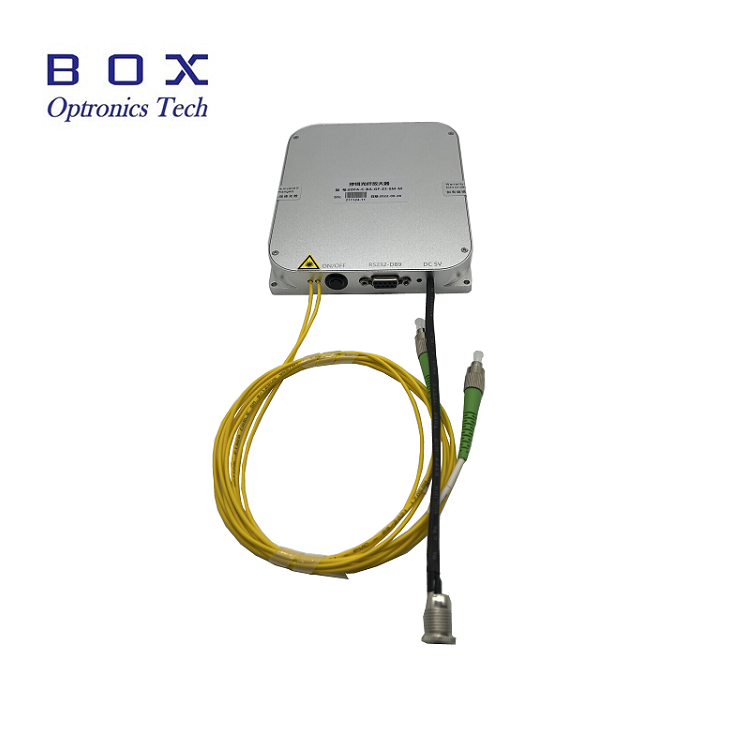Application of Fiber Optic Modules
2023-10-18
Fiber optic modules, also known as transceivers, are key components in optical communication systems. They are used to transmit and receive data over fiber optic cables, converting electrical signals into optical signals and vice versa. Here are some common applications of fiber optic modules:
1. Telecommunications: Fiber optic modules are widely used in telecommunications networks, including long-haul, metro, and local area networks (LANs). They enable high-speed data transmission over long distances, providing reliable and efficient communication between network nodes, such as switches, routers, and optical network terminals (ONTs).
2. Data Centers: Fiber optic modules play a critical role in data center networks. They are used to connect servers, storage devices, and networking equipment within the data center infrastructure. Fiber optic modules support high-speed data transmission, allowing for fast and efficient data exchange between devices.
3. Internet Service Providers (ISPs): Fiber optic modules are essential for ISPs that provide fiber-based internet services. They are used in the Optical Line Terminal (OLT) and Optical Network Unit (ONU) equipment to transmit and receive data between the central office and subscriber premises, delivering high-speed internet connectivity.
4. Wireless Communication: Fiber optic modules are utilized in wireless communication systems, such as cellular networks and wireless backhaul. They enable the transmission of data between base stations and core network equipment, ensuring reliable and high-capacity connectivity for mobile devices.
5. Cable Television (CATV) Networks: Fiber optic modules are employed in CATV networks to distribute television, internet, and voice services to subscribers. They support the transmission of high-bandwidth video signals over fiber optic cables, ensuring high-quality and reliable content delivery.
6. Video Surveillance Systems: Fiber optic modules are used in video surveillance systems, especially for long-distance surveillance applications. They enable the transmission of high-definition video signals from surveillance cameras to monitoring and recording equipment, ensuring clear and real-time video footage.
7. Industrial Automation and Control: Fiber optic modules find application in industrial automation and control systems, where reliable and secure data transmission is crucial. They are used to connect industrial devices, sensors, and controllers over fiber optic networks, providing fast and robust communication in harsh environments.
8. Military and Aerospace: Fiber optic modules are employed in military and aerospace applications due to their high reliability and resistance to electromagnetic interference. They are used in communication systems, avionics, radars, and other defense and aerospace equipment.
Fiber optic modules come in various form factors and interfaces, such as Small Form-factor Pluggable (SFP), SFP+, QSFP, and XFP, to accommodate different network requirements. They support various optical transmission standards, including Ethernet, SONET/SDH, Fibre Channel, and others, making them versatile components in modern optical communication systems.



